In just a few decades our view of the cosmos has cardinally changed. Black-and-white photos with blurred outlines were replaced by unimaginable in its beauty, structure and colors of the images of distant galaxies and stars.
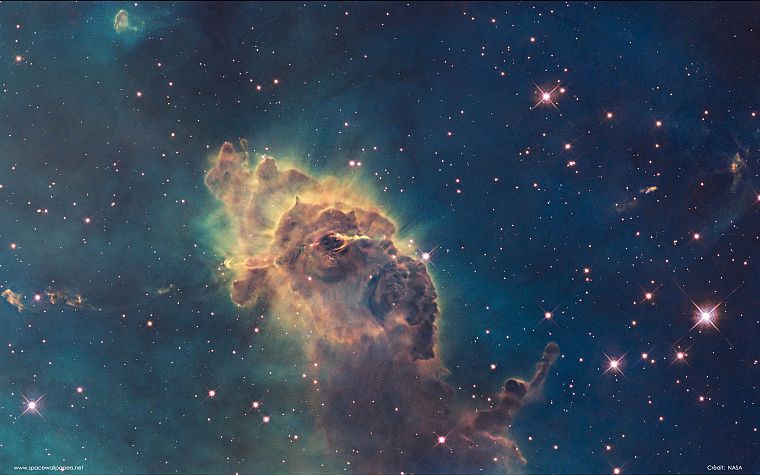
Carina Nebula | NGC 3372 [ source]
Unlike astronomers of antiquity, modern science practices a different approach. We observe the space not with our own eyes in the visible spectrum, but with the help of all-seeing telescope lenses. And perhaps, the most famous of the space photographers is the Hubble telescope, which continues to amaze us even after 27 years of service.
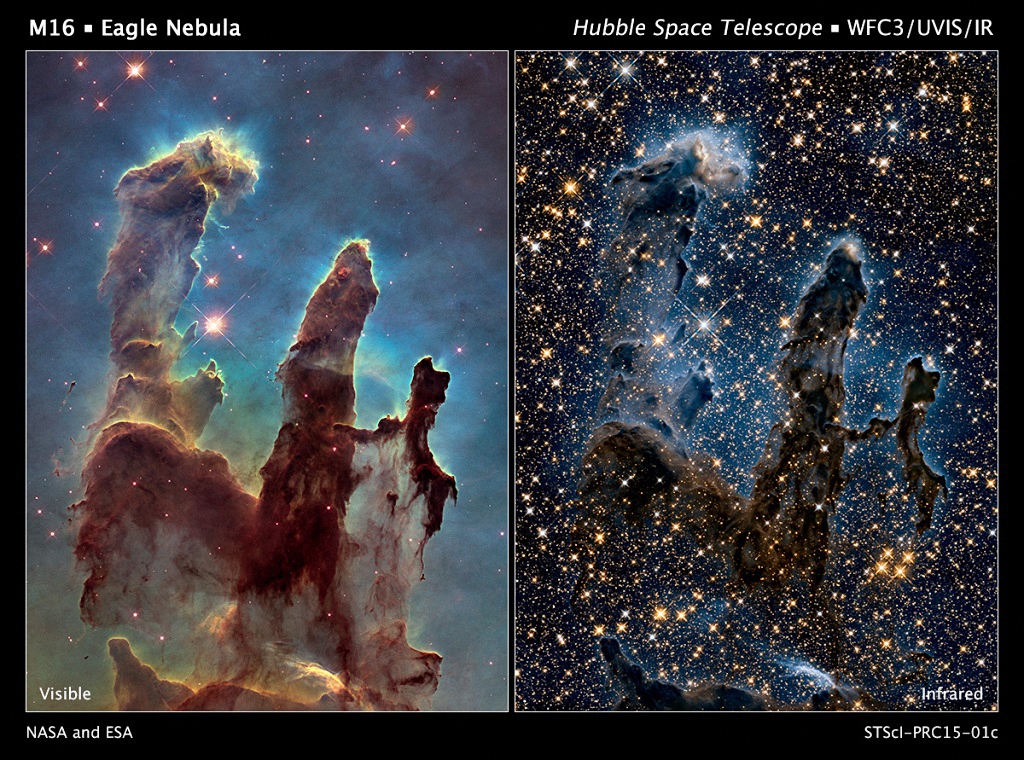
Pillars of Creation [source]
Each telescope on Earth and in orbit receives information about the object in a certain spectrum of electromagnetic waves. Hubble is able to detect radiation not only in visible to the human eye range, but also in the ultraviolet and infrared ranges.
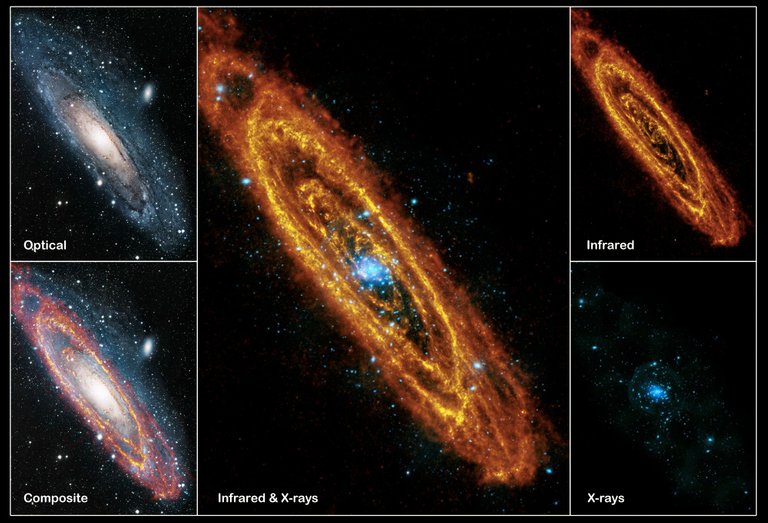
Andromeda M31 [source]
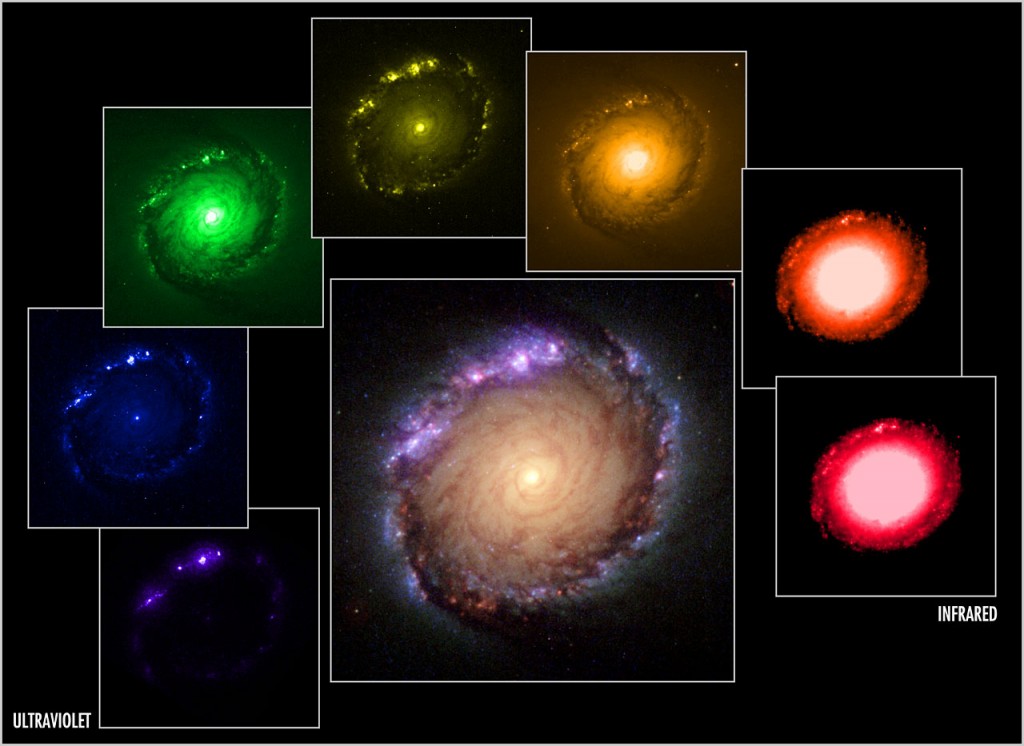
NGC 1512 Images in different spectra. [source]
NASA officials do not hide the fact that that the second no less important tool for processing space photos is Photoshop. They do it not just for the sake of popularizing science and space projects.
First and foremost, scientists are trying to give us a complete picture of the phenomena. The use of the invisible spectrum in images allows us to obtain the most accurate representation of the object, at the same time the shape and appearance of objects does not change. In the end, we get not only great pictures, but more detailed information about the physical parameters of cosmic phenomena.
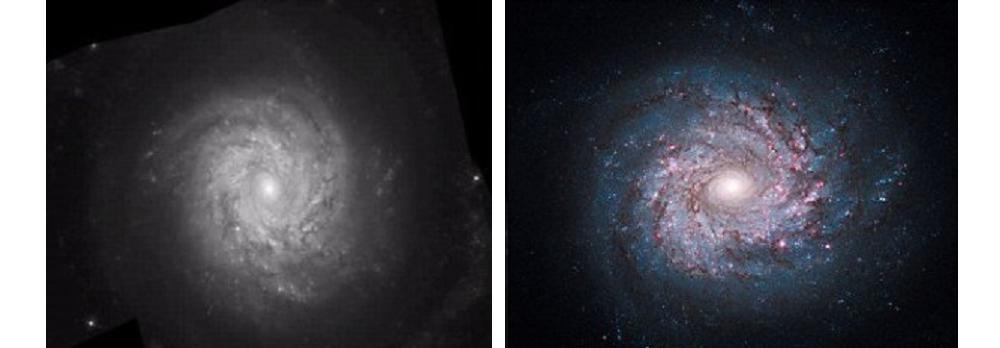
Spiral galaxy NGC 3982 [source]
Hubble is not able to make color images, in the usual sense. It gets basic pictures in the visible spectrum in black-and-white format. Then scientists apply color filters for each type of radiation, thus, they get several images in different colors. The combination of these images produces the final photograph that the space Agency presents to the public.
What about planets?
In the case of images of planets, the situation is a little different. Have you noticed that the Hubble can't get clear photos of the planets even inside our solar system? Remember the photo of Pluto:
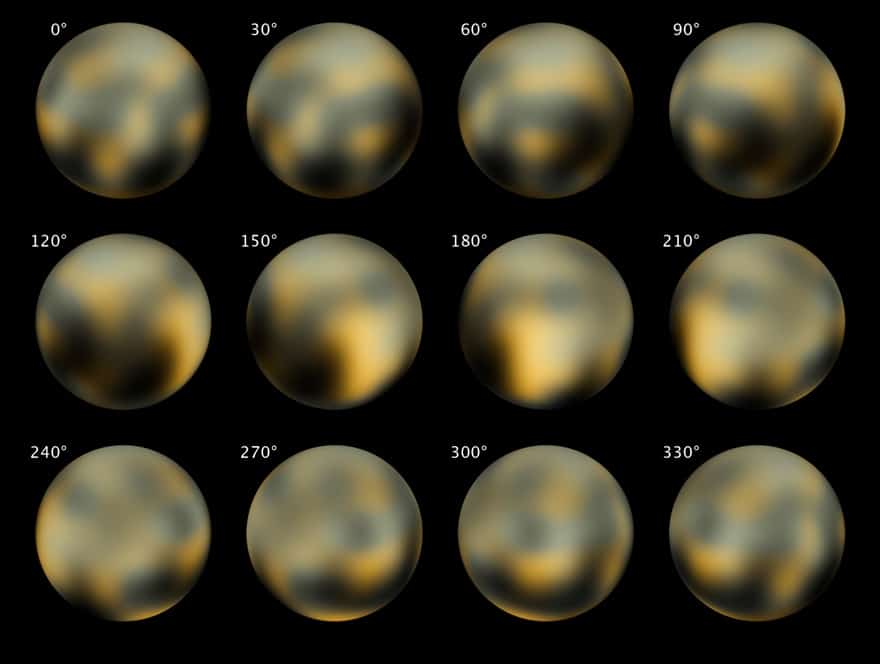
[source]
At the same time we get amazingly clear pictures of distant galaxies. Here is a picture of the Andromeda Galaxy:
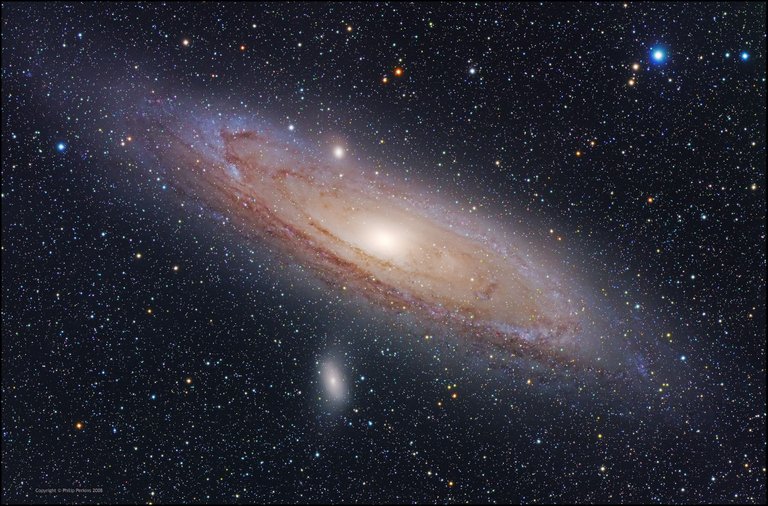

[source]
It may seem strange, after all, Pluto is much closer to the Earth than the Andromeda Galaxy. The distance from Earth to Pluto only 4 light hours, while Andromeda is removed from us at 21.900.000.000 light hours (2,52 million light years).
The trick is in the ratio of values the size of the observed object and its distance from the Earth. Pluto has a diameter of 2,400 km and removed by 5 billion kilometers from the Earth. Without going into long calculations, it takes only 0,115 degrees of our sky (for comparison, the Moon takes up 0.5 degrees).
The Andromeda Galaxy is much further from us, but its diameter is 260.000 light-years (this is 2.5 more than the diameter of the Milky Way galaxy). As a result, the Andromeda takes 3 degrees of visible sky- 26 times bigger than Pluto and 6 times bigger than the Moon.
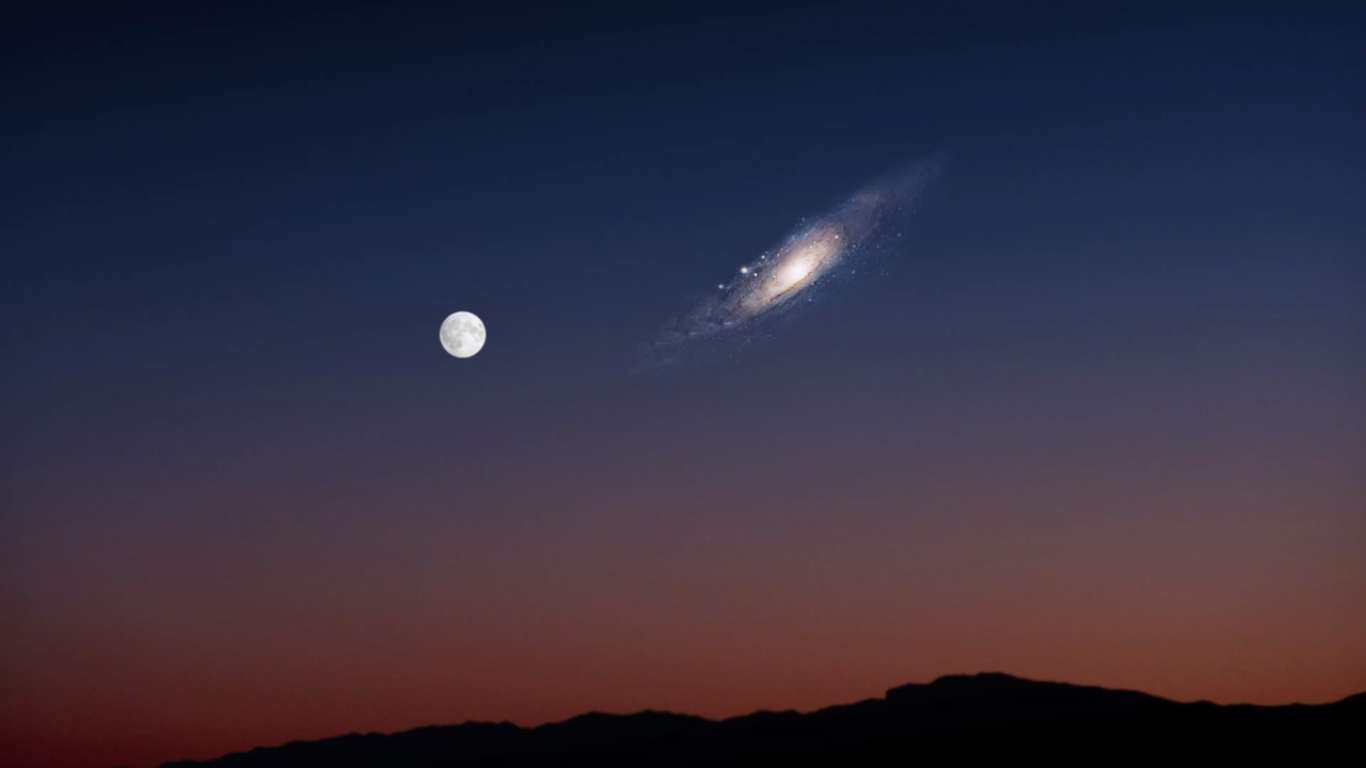
The comparison of the Moon and the Andromeda Galaxy in our sky [source]
The main head hunter for planets from other systems and galaxies is Kepler (spacecraft), but it subject to the same optical laws as the Hubble. We don't even see the planet itself, and determine its composition and color by how it affects the change in the light of own star- Transit Method.
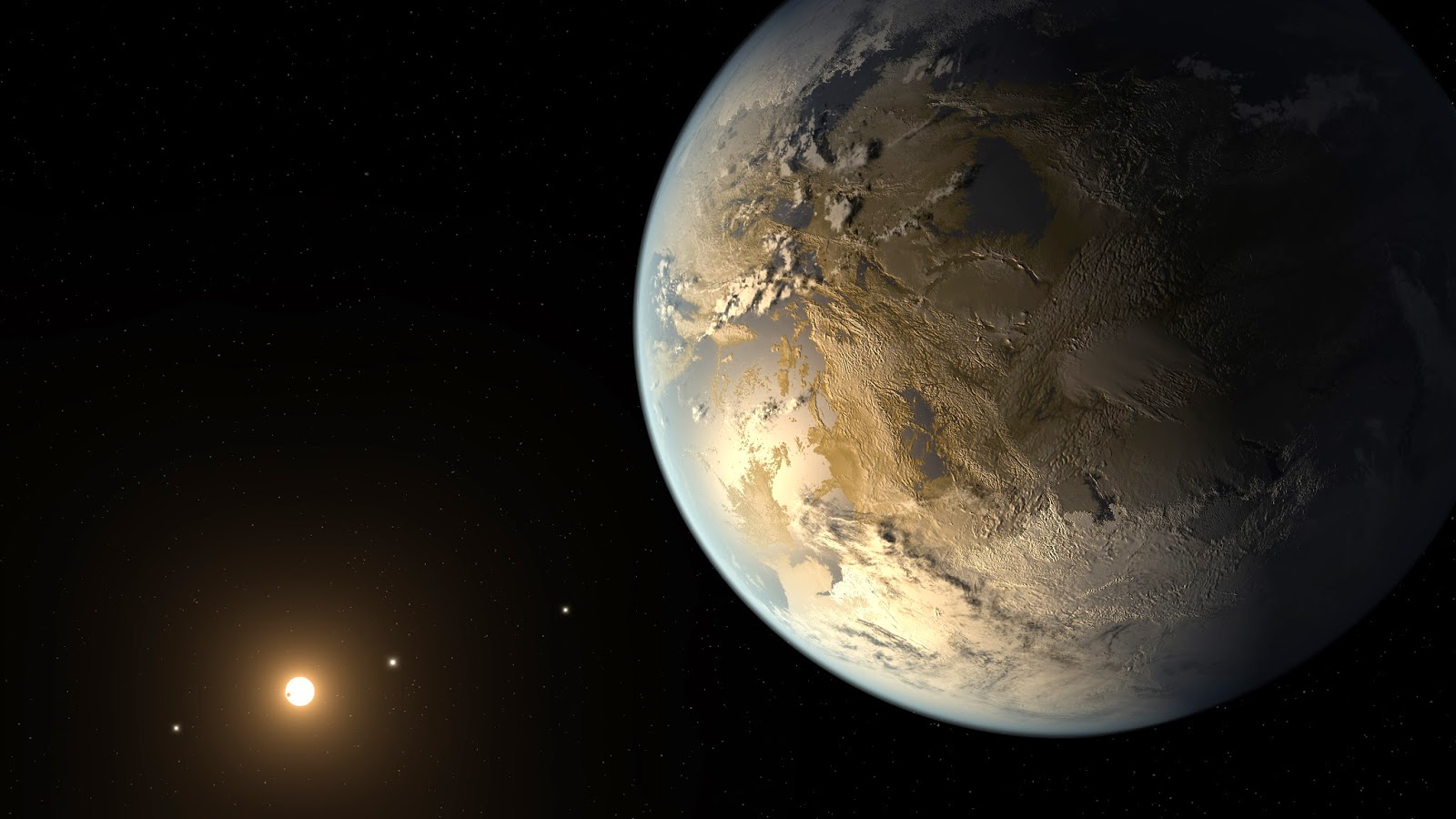
Artist's Conception of Kepler-186f [source]
Based on these data, scientists can determine the atmospheric composition of the planet, the period of its revolution, distance from the star, the temperature and major chemical elements on the surface. The processed information is transmitted to painters, who get a general view of the planet and create its image.
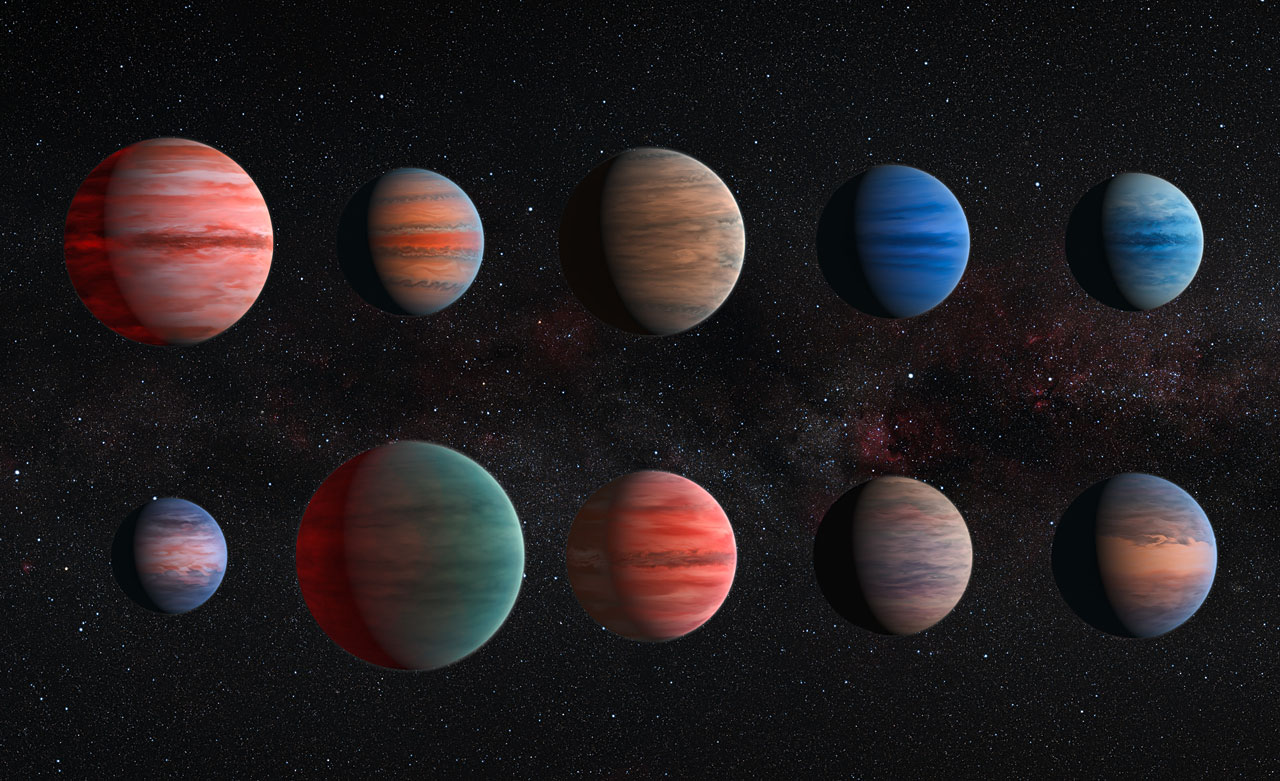
[source]
Visualization is the main way of knowledge of inaccessible (at first glance) objects, goals and heights. This ability allows humanity to move forward, overcoming any difficulties and obstacles, to see fantasies in reality. Thanks to the joint work of scientists and artists, we see a truly living and diverse cosmos and hear its call.
sources: Truth Behind the Space Photos, Hubble Space Telescope, Astrophotography, Angular resolution, Kepler (spacecraft), nakedscience, ESA and others in the captions under the images.
#Sciencepop - science popularization. I suggest you use this tag in order to share interesting news, photos, stories from the world of science in a short format. Hundreds of scientific discoveries occur around the world every day. But they may contain insufficient data to create a full-fledged article or seem rather boring for usual readers, because of the strong scientific specifics. Although, I see that HIVE community loves science in all its manifestations.
Ah, a subject near and dear to my heart!! LOVE love LOVE the Hubble images that came to us, early 1990s as I recall, and I'd bring home library books to show our 3 kids, who were NOT INTERESTED (sob!) - they'd rather Find Waldo, and the oldest loved Magic Eye, while the youngest still has not learned to see "Magic Eye." I can see it in radiator grills. I am sad to see you have so few comments on this excellent post. Must confess, I barely got past "Eagle Nebula," my all-time favorite. #COOL!!! Thank you for this!
Oh, how glad I am that there was a reader who appreciated this post. Thank you! I think this topic is boring for many people, as sometimes for kids :) I love Hubble's photos, they are fascinating.